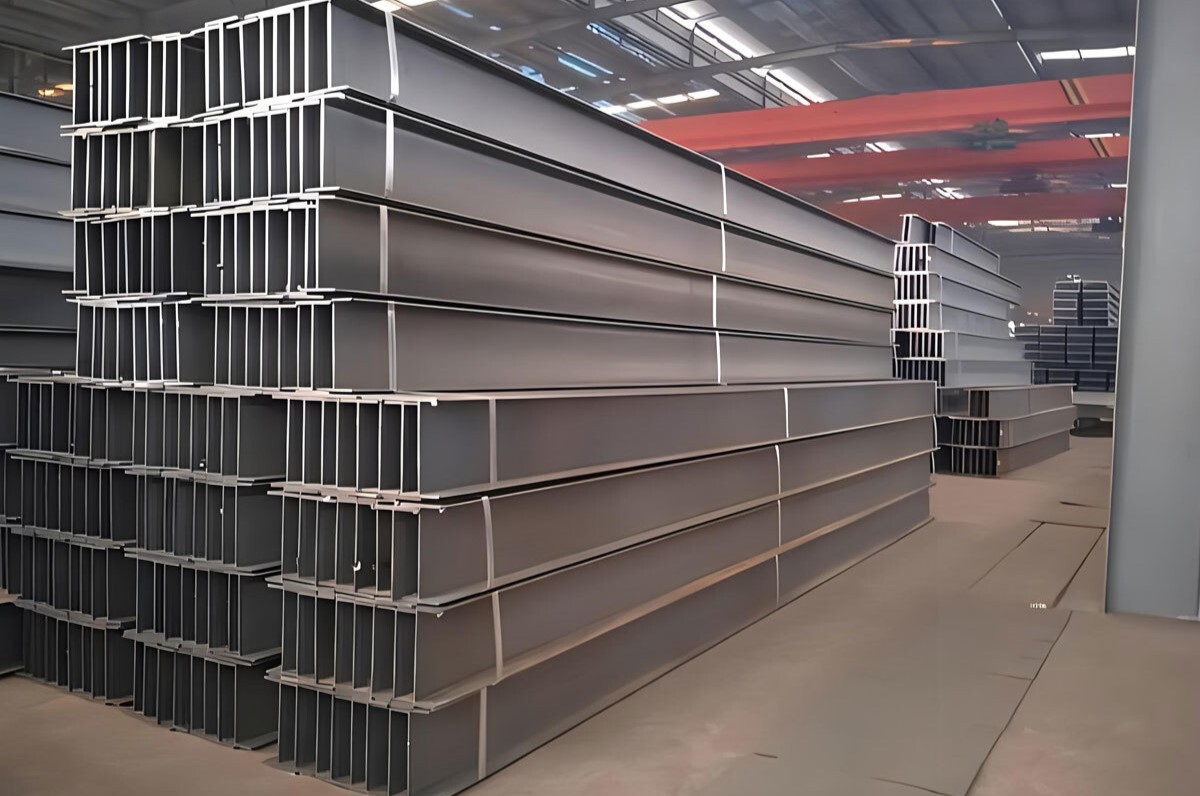Structural engineers must consider steel fabrication costs to ensure projects remain within budget while meeting safety, durability, and performance standards. These costs significantly impact the overall project expenses, as they encompass material, labor, equipment, and overhead. Ignoring these costs can lead to budget overruns, delays, or compromises in structural integrity. Key cost drivers include material selection, design complexity, labor hours, and specialized equipment like the ZMDE steel machinery assembly, welding, and straightening all-in-one machine, which streamlines structural steel fabrication processes.
Why Consider Fabrication Costs?
- Budget Management: Fabrication costs, including material, labor, and equipment, can account for a significant portion of a project’s budget. Accurate cost estimation prevents financial strain and ensures project feasibility.
- Design Efficiency: Understanding fabrication costs encourages engineers to design structures that minimize material waste and labor-intensive processes, leading to cost savings without sacrificing quality.
- Construction Timelines: Complex designs requiring extensive fabrication, such as intricate welds or custom components, can extend project timelines. Cost-aware designs streamline fabrication, reducing lead times.
Quality and Compliance: Fabrication costs include quality control measures like inspections and non-destructive testing (NDT), which ensure compliance with standards like BS EN ISO 3834. Balancing cost with quality is critical for safe, durable structures.

How to Optimize Designs to Save Money
- Simplify Designs: Opt for simpler geometries and standard steel sections (e.g., A36, A992) to reduce cutting, bending, and welding complexity. Minimizing intricate details lowers labor and equipment costs.
- Standardization: Use consistent sizes and thicknesses for steel components to reduce setup times and material waste. Standardized components streamline production and lower costs.
- Minimize Welds: Reduce the number of welds and avoid oversized welds, as they increase labor and material costs exponentially. For example, a ¾-in. weld requires 10 passes compared to a ¼-in. weld’s single pass. Specify welds based on actual load demands to avoid over-engineering.
- Leverage Advanced Machinery: Utilize efficient equipment like the ZMDE assembly, welding, and straightening all-in-one machine, which integrates multiple fabrication processes, reducing labor hours and improving precision. Such machinery minimizes errors and rework, saving time and costs.
- Value Engineering: Collaborate with fabricators during the design phase to apply Design for Manufacturability (DfM) principles. This approach optimizes designs for cost-effective production while maintaining structural integrity.
- Material Selection: Choose cost-effective steel grades that meet project requirements without over-specifying. For instance, avoid high-cost alloys unless necessary for corrosion resistance or specific loads.
- Reduce Field Work: Minimize field welding and assembly by prefabricating components off-site using advanced machinery. This reduces on-site labor costs and improves construction efficiency.
- Use CAD/CAM Software: Employ advanced software to optimize designs, reduce material waste, and simulate fabrication processes. This enhances precision and identifies cost-saving opportunities early.
By prioritizing fabrication cost considerations and optimizing designs, structural engineers can deliver projects that balance economic efficiency with safety and performance. Tools like the ZMDE all-in-one machine further enhance cost savings by streamlining fabrication processes, making them a valuable asset in modern structural steel projects.



